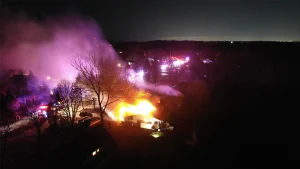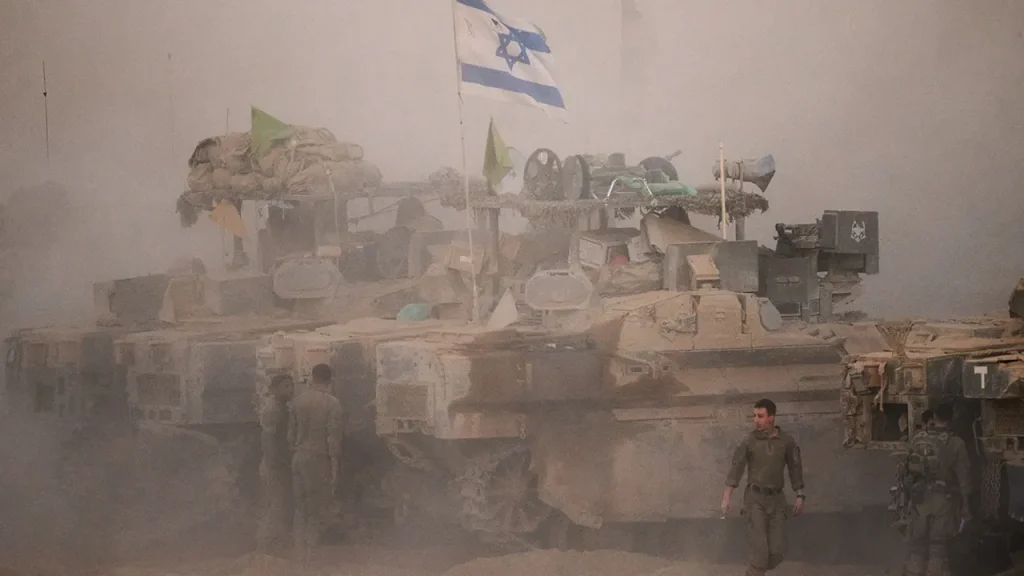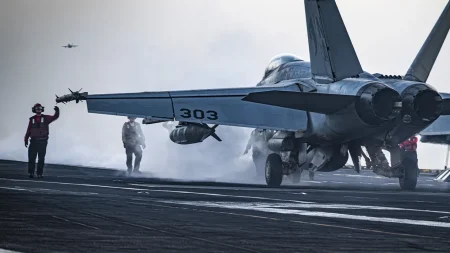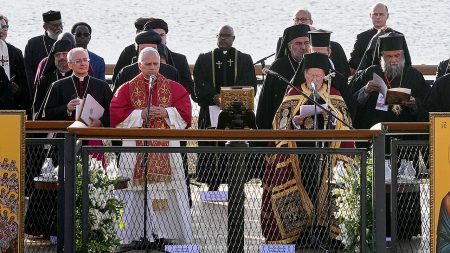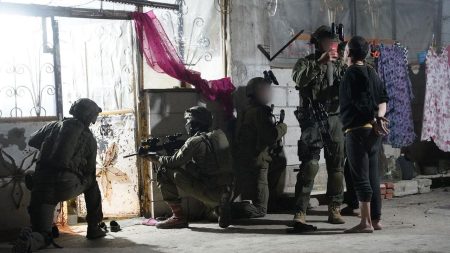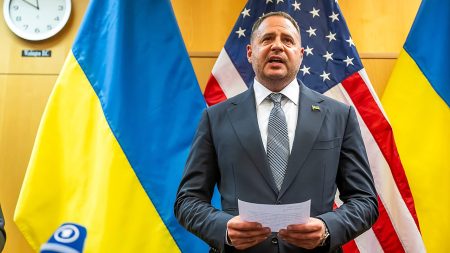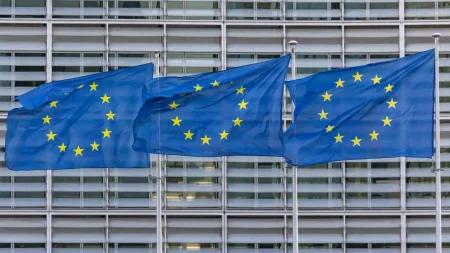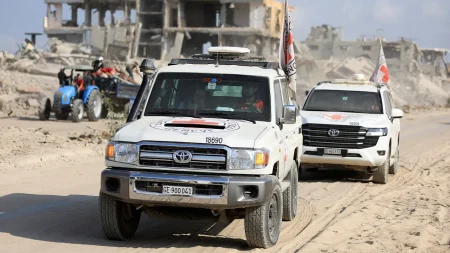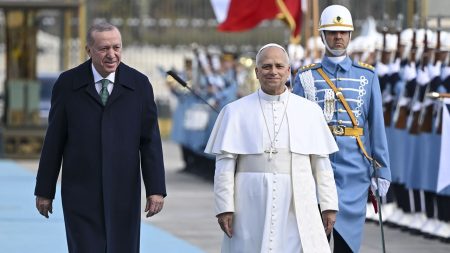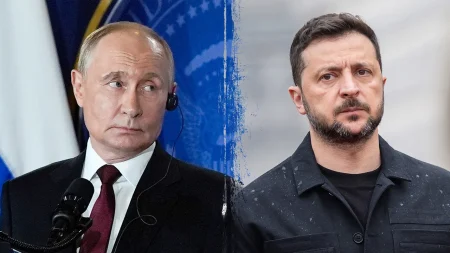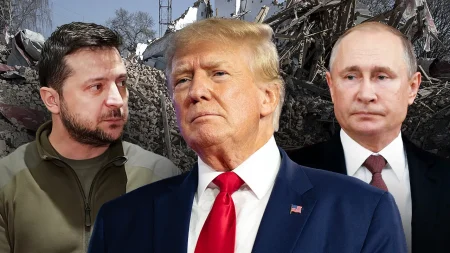U.S. Troops Arrive in Israel to Oversee Hamas Ceasefire Implementation
In a significant development in the ongoing Middle East peace efforts, U.S. service members from the U.S. Central Command (CENTCOM) are set to arrive in Israel by Sunday to oversee the implementation of a recently brokered ceasefire with Hamas. This deployment marks a crucial step in stabilizing the volatile region after months of conflict. The troops, primarily from the Army, include experts in logistics, security, engineering, and transportation, with some coming directly from the United States while others were already stationed in the region. It’s important to note that none of these personnel will be entering Gaza itself; rather, they will establish a civil military command center to monitor and facilitate the ceasefire process from within Israel proper.
The ceasefire agreement, brokered by former President Donald Trump’s team, began with the Israeli government approving and signing the first phase overnight Thursday. This initiated a 24-hour countdown during which Israeli forces were required to withdraw to predetermined positions. The Israel Defense Forces (IDF) confirmed the commencement of the ceasefire and repositioning of troops “along the updated deployment lines.” U.S. Special Envoy Steve Witkoff subsequently verified that the IDF had completed this initial withdrawal phase from Gaza by Friday morning, allowing the ceasefire to officially take effect at noon local time. This successful first step has opened a critical 72-hour window during which Hamas is expected to release hostages as part of the agreement.
Navy Admiral Brad Cooper, who heads CENTCOM, has been personally involved in the diplomatic efforts, attending talks in Sharm El-Sheikh, Egypt, alongside Witkoff and Jared Kushner, former White House advisor and Trump’s son-in-law. Following these discussions, Admiral Cooper traveled directly to Israel, where he remains to oversee the American military’s role in the ceasefire implementation. His presence on the ground underscores the United States’ commitment to ensuring the agreement holds. According to reports, Witkoff has indicated that a fully operational command center to monitor the ceasefire could be established within approximately two and a half weeks, providing crucial oversight to maintain stability.
The involvement of CENTCOM in monitoring the ceasefire, alongside Qatar and Turkey, has reportedly provided significant reassurance to all parties involved in the negotiations. This multilateral approach to peacekeeping reflects the complex diplomatic web that has been woven to bring about this pause in hostilities. The ceasefire represents what Trump has described as a potential end to a “3,000-year catastrophe,” highlighting the historic significance attached to this agreement. While previous attempts at establishing lasting peace in the region have often faltered, the current framework—with its phased approach and international monitoring—aims to create more durable conditions for stability.
As this ceasefire unfolds, attention is also turning to broader regional diplomatic initiatives. The White House has indicated an interest in expanding the Abraham Accords, the series of normalization agreements between Israel and several Arab nations that were established during the Trump administration. This suggests that current U.S. policy views the Gaza ceasefire not as an isolated event but as part of a larger strategy to reshape Middle Eastern geopolitics and security architecture. The success or failure of the current ceasefire will likely influence the trajectory of these wider diplomatic efforts, making the role of the CENTCOM troops all the more crucial in the coming weeks.
The deployment of American military personnel to oversee this ceasefire represents a significant commitment of U.S. resources and prestige to the peace process. While these troops are not engaging in combat operations, their presence serves as both a practical monitoring force and a symbolic demonstration of American investment in regional stability. The coming days will be critical in determining whether this ceasefire can hold and potentially evolve into a more permanent resolution. As the IDF continues to maintain its presence in the area while adjusting to new deployment parameters, and as the world watches for Hamas to fulfill its obligations regarding hostage releases, the CENTCOM team will play a pivotal role in navigating the delicate balance required to sustain this fragile peace.

